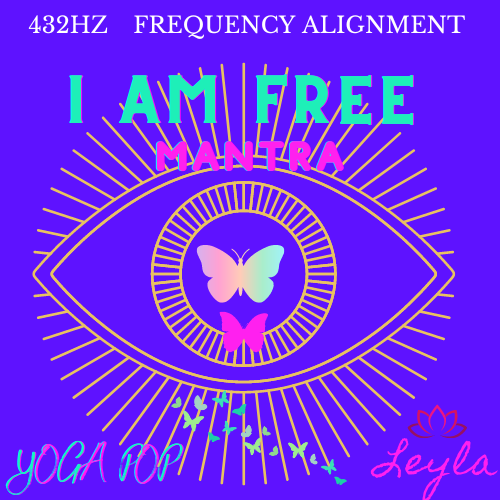The word “gurukul” traditionally referred to the house of the guru. But in the context of traditional learning, it was also related to the guru-shishya educational system which required shishyas, or disciples, to live with the guru under the same roof.
Strict adherence to this system in the context of Hindustani music declined in the 20th century due to various societal changes. As individual, personalized instruction continued alongside the institutionalized training provided in music schools and university departments, the practice of residing with the guru was abandoned.
Instead, a new incarnation of the gurukul has emerged over the past 50 years or so. The gurukul is no longer the original abode of the guru. Rather, it is an institution with amenities that would normally be associated with a major music school or college.
Most of these new gurukuls have been created and are led by famous musicians or their families and followers. These gurukuls are not necessarily the permanent residences of these musicians or the gurukul may be one of many residences. But these are established spaces for gurus and shishyas to live near for a long time in order to train intensively in the art.
Importantly, despite the institutional pitfalls, these spaces continue to follow and encourage the etiquette that is part of the traditional guru-shishya parampara.
A significant exception to this form of institutionalized gurukul devoted to a single guru is the Sangeet Research Academy, funded by the Indian Tobacco Company.
The Sangeet Research Academy prides itself on being the first institution of its kind to give the guru-shishya parampara an institutional base by bringing together gurus from various gharanas and their chosen disciples for extended training on a single campus.
The institution takes care of the accommodation and board of the gurus and disciples and they receive salaries and allowances.
However, for the 19th installment of our series on public spaces named after Hindustani musicians and institutions, let’s return to the gurukuls dedicated to individual gurus and their musical practice.
We walk along Vrindavan Gurukul Chowk, a crossroads in North Mumbai named after the gurukul established in 2002 by bansuri maestro Hariprasad Chaurasia with the patronage of Sir Ratan Tata Trust.
A second Vrindaban Gurukul was opened in Bhubaneshwar, Odisha in 2010. The Vrindavan Gurukul received donations for the institution as well as funding scholarships for students.
Over the years, the Vrindaban Gurukul seems to have expanded its scope to include training in other disciplines as well. According to its Facebook page, the institution “is dedicated to teaching and promoting the performing arts of the world (music and dance in particular), yoga and meditation techniques, in a serene atmosphere, according to the former Indian principle of ‘gurukul'”.
Additionally, despite being a gurukul, his efforts to connect with music lovers using methods other than traditional pedagogy are evident in online learning programs offered by iSM or the Indian School for Music. , Mentors or Masters.
Thus, the Vrindaban Gurukul extends in many ways beyond the idea of being a space for a guru and his disciples to many teachers conducting workshops and other training programs.
Here is a short documentary made by Doordarshan on the Vrindaban Gurukul in Bhubaneshwar.
We end with a documentary on Maestro Hariprasad Chaurasia.
One of India’s leading tabla players, Aneesh Pradhan is a widely recognized Hindustani performer, teacher, composer and music scholar. Visit his website here.
 AD Roberts
AD Roberts



